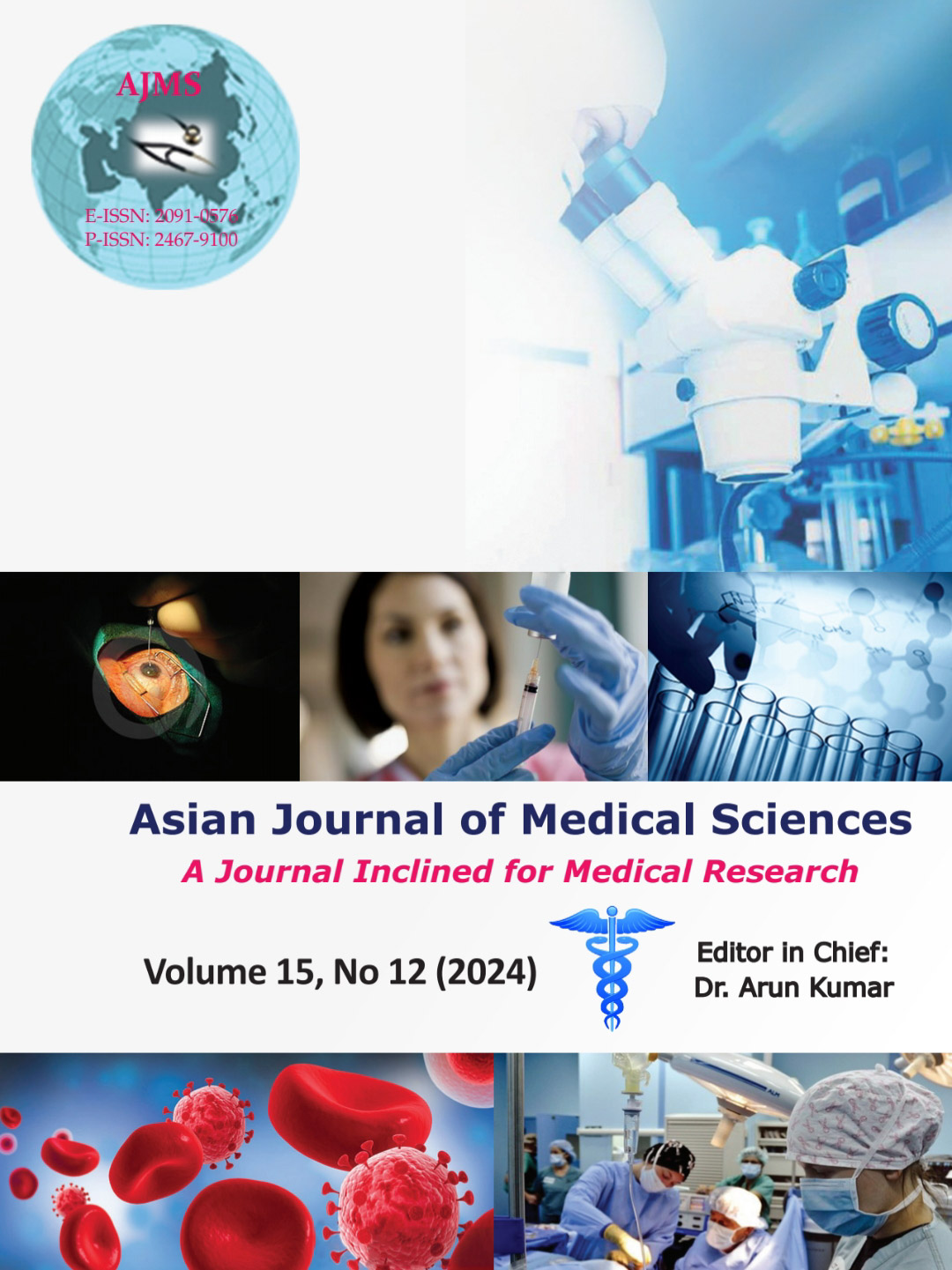A prospective comparative study of levobupivacaine hydrochloride 0.5% with ropivacaine hydrochloride 0.75% for peri-operative epidural anesthesia in infra- umbilical surgeries
Keywords:
Levobupivacaine; Ropivacaine; EpiduralAbstract
Background: Epidural anesthesia is a neuraxial regional anesthesia used to provide surgical anesthesia, to supplement general anesthesia, and to provide intra and post-operative analgesia. Levobupivacaine and ropivacaine are local anesthetic agents used in an epidural.
Aims and Objectives: The aim of this study is to evaluate the onset and duration of sensory and motor block, duration of analgesia, hemodynamics, and adverse effects of levobupivacaine and ropivacaine given epidurally for infra-umbilical surgeries.
Materials and Methods: This prospective randomized study was conducted in a total of 142 patients undergoing an infra-umbilical surgery, divided into two groups of 71 patients each. Group L received 15 mL of 0.5% levobupivacaine and Group R received 15 mL of 0.75% of ropivacaine. The onset and duration of sensory and motor blockade, duration of analgesia, hemodynamics, and side effects were assessed.
Results: The mean time of onset of sensory and motor block is faster with ropivacaine (P<0.05). The duration of sensory and motor block and analgesia was longer with ropivacaine (P<0.05), whereas the incidence of side effects such as hypotension was more with ropivacaine.
Conclusion: Our study concluded that ropivacaine produced a superior quality of epidural block but levobupivacaine had a more stable hemodynamic profile.
Downloads
Downloads
Published
How to Cite
Issue
Section
License
Copyright (c) 2024 Asian Journal of Medical Sciences

This work is licensed under a Creative Commons Attribution-NonCommercial 4.0 International License.
Authors who publish with this journal agree to the following terms:
- The journal holds copyright and publishes the work under a Creative Commons CC-BY-NC license that permits use, distribution and reprduction in any medium, provided the original work is properly cited and is not used for commercial purposes. The journal should be recognised as the original publisher of this work.
- Authors are able to enter into separate, additional contractual arrangements for the non-exclusive distribution of the journal's published version of the work (e.g., post it to an institutional repository or publish it in a book), with an acknowledgement of its initial publication in this journal.
- Authors are permitted and encouraged to post their work online (e.g., in institutional repositories or on their website) prior to and during the submission process, as it can lead to productive exchanges, as well as earlier and greater citation of published work (See The Effect of Open Access).




